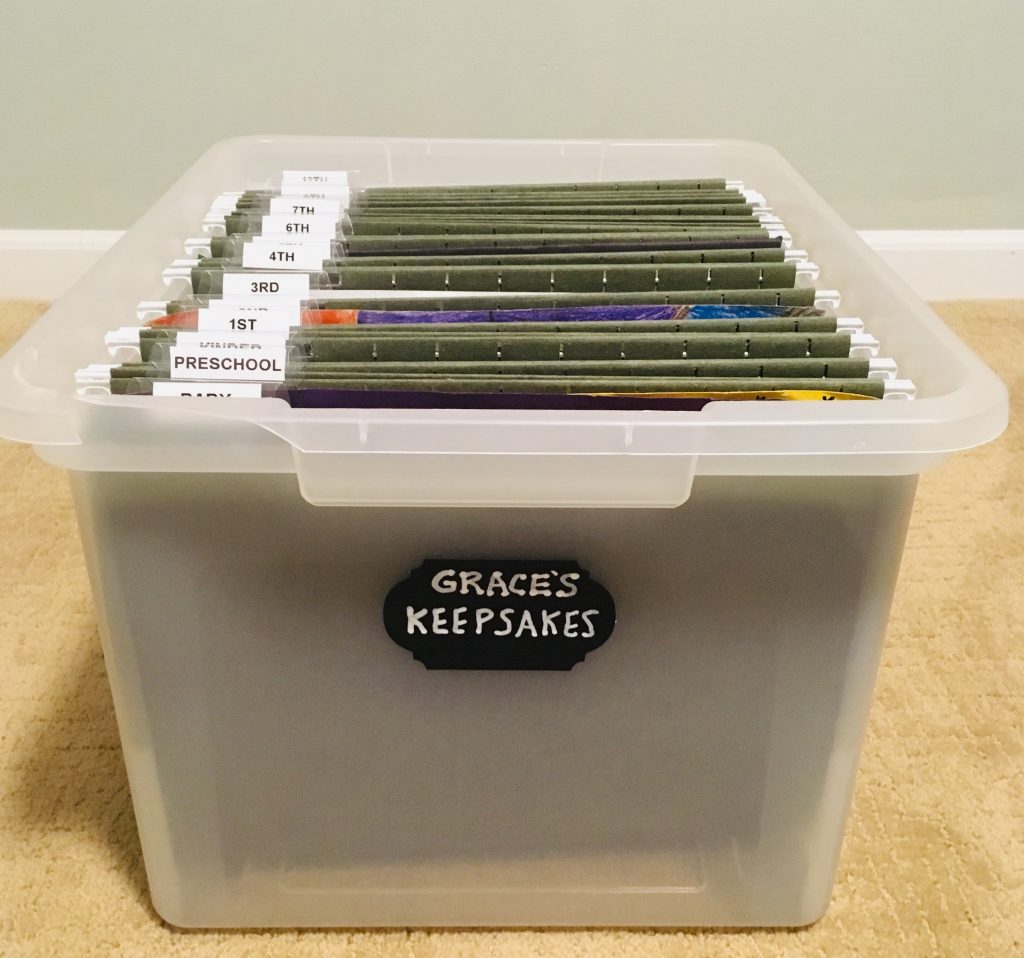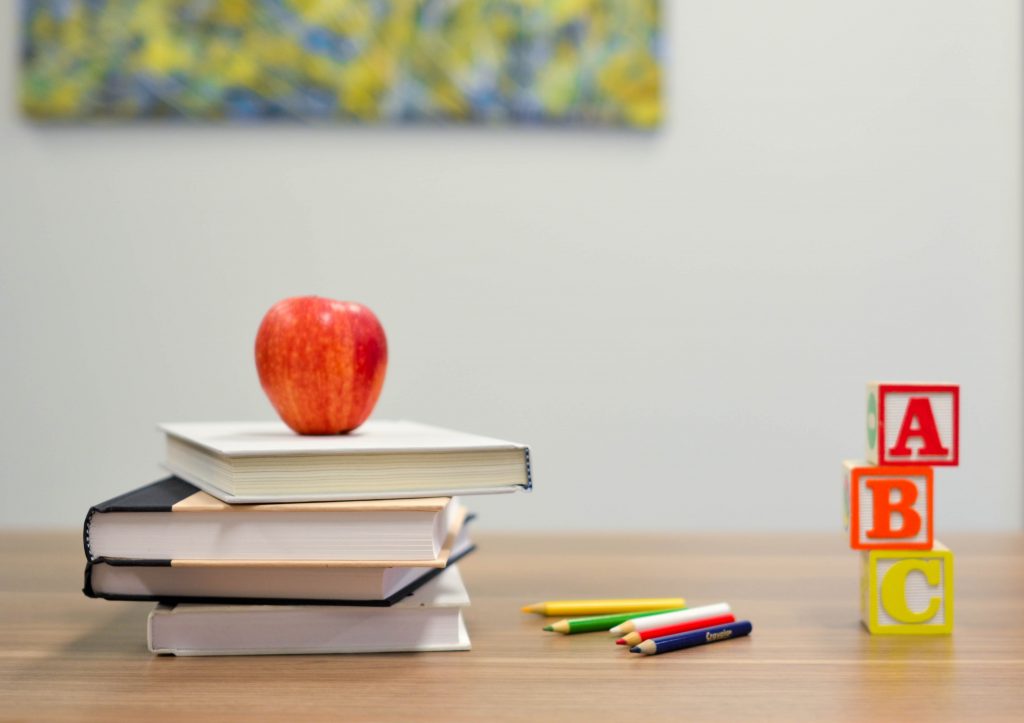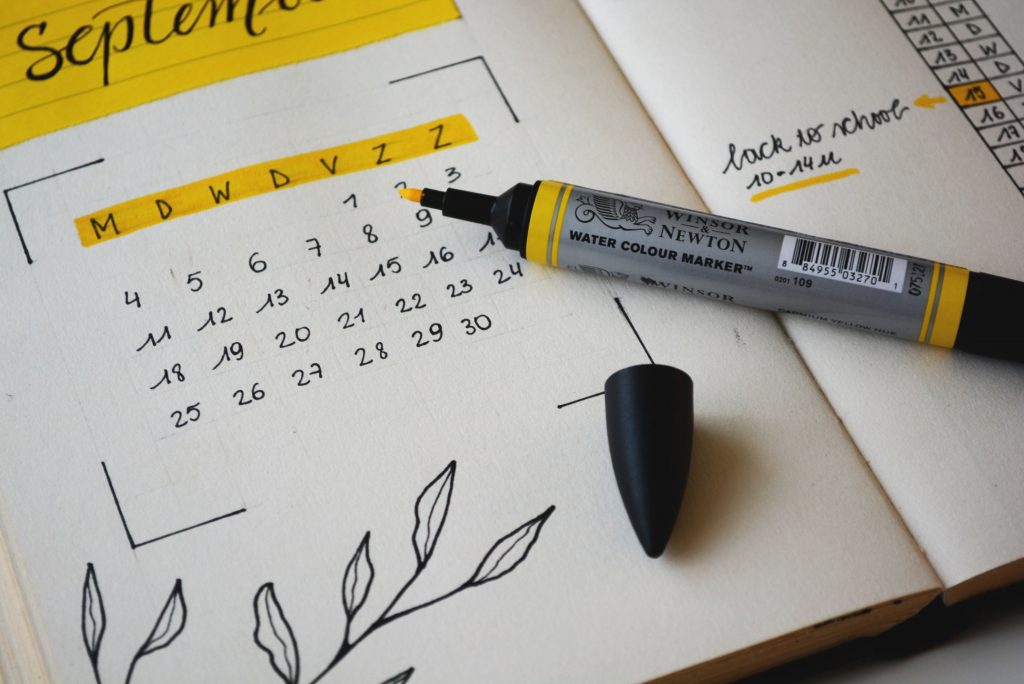So much of how we spend our time seems out of our control. Work demands, raising kids, cooking, cleaning…the list seems endless, and it’s easy for the day to get away from us. Routines are a great way to bring some productivity, stability, and relaxation to the flow of your day.
A morning routine sets the tone for the coming day, and a night routing sets up our morning to do its job. Here, we’ll focus on the power of an evening routine.
What is a routine?
A routine is an action that we deliberately do over and over again – a rhythm in our lives.
Why are routines helpful?
You may think, ugh, routines aren’t for me. They’re rigid, boring, and you have better and more fun things to do. On the contrary, they’re typically things that don’t take a long time, but actually allow you the freedom and spontaneity to do what you’d like to do for the majority of the time – because you’ve been deliberate about prioritizing.



They’re also a great way for kids to learn responsibility for their possessions and actions, feel a sense of stability, and learn the value of hard work. Even young kids can understand “I get dressed and brush my teeth first, then I get to go outside to play!”
Additionally, routines help make the “hard thing” not so hard, when it becomes ingrained as “just what I do”. When something is a part of your day that you don’t have to decide – you just do (like brushing your teeth), you’re more likely to follow through.
If you want to work out in the mornings, but struggle with following through, making it a routine will help. For example, the night before, set out your exercise clothes (this is your trigger). In the morning, at 7am you put on those clothes and head to a class at the gym. Then, you have your favorite smoothie (reward).



Evening Routine Examples:
- Delete 25 photos from your phone
- Follow a beauty routine – wash, moisturize, brush teeth
- Drink tea
- Meditate or pray
- Set out clothes for the next day
- Make a list of 3 things to get done the next day
- Review your calendar for the next day
- Reply to 3 emails
- Find 5 things to donate
- Practice yoga for 30 minutes
- Read 1 chapter of a book
- Eat popcorn while watching Netflix
- Take a bath
- Walk around the block
- Put laundry away
- Pack backpack/briefcase/car for the next morning
- Write in a gratitude journal
- Meal prep for the next day
- Watch a show
- Prep the coffee maker
Suggested Routines:
Some routines are beneficial, some not so much. But, they’re all routines simply by virtue of the fact that they’re done regularly. Here are a few that I recommend.



- Do the dishes before going to bed. If you do one evening routine, do this one. Why? Because nobody wants to start their day looking at yesterday’s (literal) leftovers! It’s easier to start your day with a sense of calm when this one thing is handled. Admittedly, I’m struggling with this during quarantine. We use so many dishes now that there’s a constant backlog of dirty ones. I’m tempted to handle them, but it has been my son’s chore to unload/reload the dishwasher lately, and by the time the dishwasher is done, he’s often sleeping. Time to rotate chores perhaps…
- Write a list of 3 things to do the next day. This is really helpful in guarding against other priorities hijacking your time. There’s nothing magical about the number 3, other than it’s a manageable number. And, these things don’t need to be big audacious goals. They could include doing a face mask, playing with your kids, or setting up an appointment with the electrician.
- Set a timer for 15 minutes and tidy up. Waking up to a messy home isn’t the most motivating way to start your day. Thankfully, spending a short amount of time every night tidying up will help reduce stress in the mornings and help you avoid marathon cleaning sessions on the weekends.
- Have a bedtime routine. This is great for kids and adults. For adults, this may mean a bath and a show, or reading. Or, if you’re like me, sometimes you fall asleep in your kids’ bed while tucking them in – dead tired. It’s ok if routines don’t happen 100% of the time! Your bedtime routine for the kids may be bath, teeth, then 2 stories. Kids take comfort in the fact that they know what to expect and you can take comfort in the fact that they’re doing the things they need to do, while building in time for connection.
The more you practice an evening routine, the easier it will become! This may involve trial and error to find what routines work well, or the timing that works. I invite you to choose something and give it a try!





